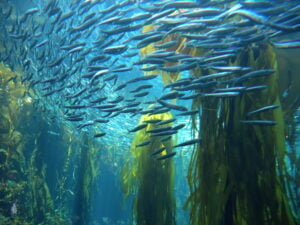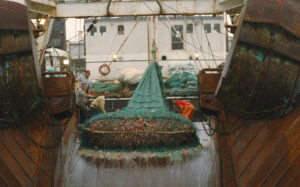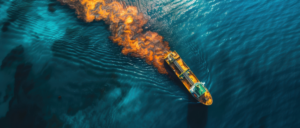A growing body of research suggests that well-managed marine protected areas (MPAs) are not only vital sanctuaries for marine life but can also deliver tangible benefits for commercial fisheries operating nearby. A new study has found compelling evidence that large, fully protected MPAs are contributing to increased tuna catches just outside their no-fishing zones.
Spillover Benefits: More Tuna Caught Near MPAs
Published in Science, the study reports that industrial tuna fishing vessels, particularly purse seiners, have experienced significantly higher catch rates—between 12% and 18% more tuna per unit of effort—within 100 nautical miles of large MPAs compared to areas farther away. According to marine economist John Lynham, one of the study’s co-authors, this pattern strongly suggests a “spillover” effect, where fish populations rebound inside MPAs and subsequently move beyond their borders into areas open to fishing.
“I think what we’ve found certainly provides evidence in favor of one day trying to have large MPAs on the high seas,” said Lynham, emphasizing that spillover benefits may provide both conservation and economic wins.
How the Study Was Conducted
The research, led by Lynham and marine scientist Juan Carlos Villaseñor-Derbez, focused on six of the world’s largest MPAs. Each area features no-take zones exceeding 100,000 square kilometres. Using publicly available catch data from industrial tuna fleets, the researchers compared catch-per-unit-effort (CPUE)—a standard measure of how much fish is caught for a given amount of fishing effort, such as time spent fishing or number of hooks used—in two regions: 0–100 nautical miles from MPA boundaries, and 100–200 nautical miles away. Their goal was to isolate the effect of MPAs by looking at differences in catch rates between these zones.
The results revealed a consistent pattern: tuna catches were significantly higher closer to MPAs. Over the first ten years after an MPA’s establishment, CPUE increased by an average of 12% compared to areas farther away. In cases where MPAs had been in place for more than a decade, that figure climbed to 18%.
Bigeye Tuna Show the Strongest Recovery
The study found the most pronounced spillover effect is with bigeye tuna (Thunnus obesus), a species that has long been overfished. Lynham suggests that large MPAs may offer critical refuges that help depleted stocks recover, making fish more abundant not only inside these protected zones but also in nearby fishing grounds.
Among the MPAs examined, three Pacific sites stood out: Mexico’s Revillagigedo Archipelago, Ecuador’s Galápagos Marine Reserve, and Kiribati’s Phoenix Islands Protected Area. These areas were once heavily fished and initially, there was strong opposition from industry when the MPAs were proposed. However, the MPAs are now recognised as well-enforced and effectively managed.
“[T]he real strength of our contribution is that we are able to move beyond single case studies … and present a set of results where the same patterns are being observed at different locations and at different points in time,” the authors wrote.
Despite these promising results, some opponents remain skeptical. Ray Hilborn, a professor at the University of Washington, has publicly criticized previous MPA spillover studies and argued that the benefits are overstated. Hilborn contends that increases in catch rates near MPAs may simply reflect a redistribution of fishing effort rather than an actual boost in fish abundance. However, Hilborn himself has faced criticism that a significant portion of his funding comes from the fishing industry, lending skepticism to his credibility.
Compelling Evidence for Spillover
A comprehensive review published in Journal for Nature Conservation in 2016 concluded that the majority of studies on MPAs report positive spillover effects from marine protected areas. Building on this, a 2020 meta-analysis in Fish and Fisheries—authored by many of the same researchers—reinforced the evidence that MPAs can enhance fish abundance beyond their boundaries.




